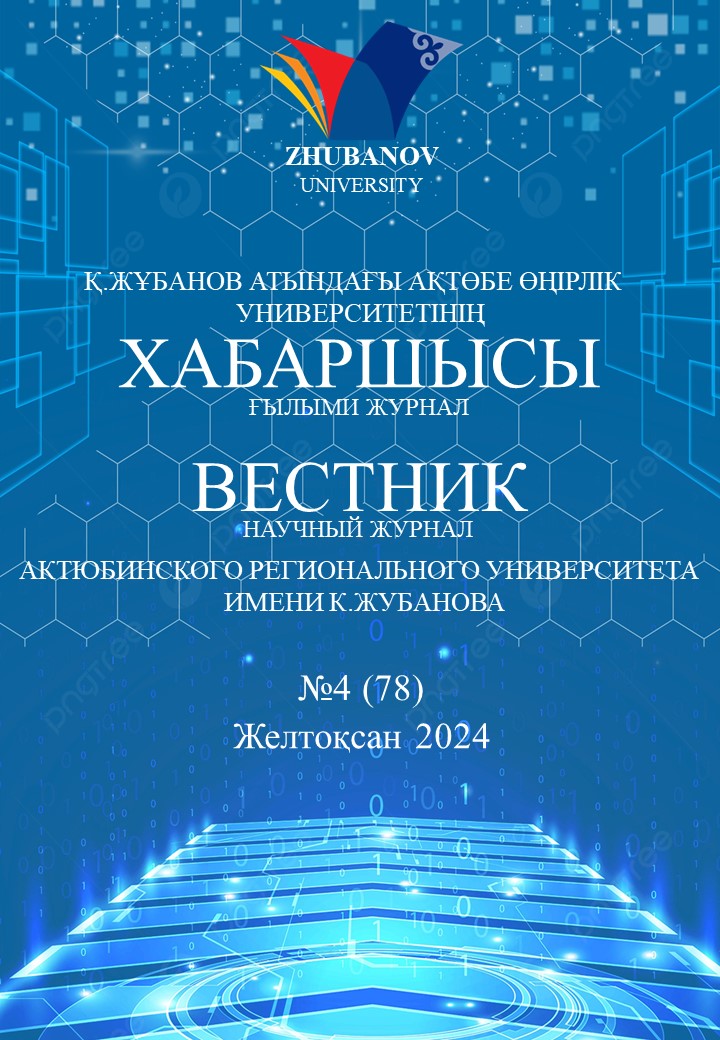Lycopene is a natural carotenoid known for its powerful antioxidant and anti-inflammatory properties. It plays a key role in protecting and repairing the skin by preventing cell damage caused by oxidative stress and environmental hazards such as UV radiation and air pollution. In the cosmetics industry, lycopene is widely used in anti-aging and sun protection products because it stimulates collagen production, improves skin elasticity and slows down the aging process. Regular use of lycopene products helps reduce the appearance of wrinkles, lighten pigmentation and improve skin texture. Advanced methods such as supercritical carbon dioxide extraction and ultrasound extraction are used to extract and stabilize lycopene, which preserves the active properties of this component.
In addition, lycopene is often encapsulated in liposomes or nanoparticles, which facilitates its better penetration into the deeper layers of the skin and ensures stability in cosmetic products. The use of lycopene in cosmetics not only improves the appearance of the skin, but also protects it from the negative impact of the environment, which helps to maintain its youth and health for many years. Lycopene also strengthens the natural barrier functions of the skin, retaining moisture and preventing its loss, which makes it an indispensable component in the care of dry and damaged skin. The use of products with lycopene after procedures such as peeling or laser therapy accelerates the healing process. In the future, researchers intend to study the interaction of lycopene with other active ingredients and determine its optimal concentrations in cosmetic formulas to achieve maximum effect.
KIZATOVA M.ZH.
Doctor of Technical Sciences, Professor, Department of Pharmaceutical Technology, Kazakh National Medical University named after S.D. Asfendiyarov, Almaty, Kazakhstan
E-mail: kizatova@mail.ru, https://orcid.org/0000-0002-6481-7410
BEKNAZAR R.R.
Master’s student, 2nd year, specialty «7M07204 - Technology and Engineering of Food Production», International Engineering and Technical University, Almaty, Kazakhstan
E-mail: rbeknazar09@gmail.com, https://orcid.org/0009-0002-1963-6968
- Bykov, V. L. CHastnaya gistologiya cheloveka. Sankt-Peterburg, 1997. 252 s.
- Anatomy and Physiology of the Skin [Electronic resource]. SpringerLink, 2021. URL: https://link.springer.com. (in English) .
- Structure and Function of the Skin [Electronic resource]. JAMA Dermatology, 2021. URL: https://jamanetwork.com/journals/jamadermatology (in English)
- Eliseeva, T. Tomatoes – Beneficial Properties, Composition, and Contraindications // Practical Dietetics. Beneficial and Harmful Properties of Food. 2017. No. 4. Vol. 24. P. 28-40. (in Russian)
- Human Skin: Composition, Structure and Visualization Methods [Electronic resource]. MDPI, 2021. URL: https://www.mdpi.com. (in English)
- Elias, M. Epidermal Lipids, Barrier Function, and Desquamation // J Invest Dermatol. 1983. Vol. 80. P. 44–49. (in English) DOI: https://doi.org/10.1111/1523-1747.ep12537108
- Ernandes, E., Margolina, A., Petruhina, A. Lipidnyj bar'er kozhi i kosmeticheskie produkty. 3-e izd., pererab. i dop. Moskva: OOO "Firma KLAVEL," 2005. 400 s.
- Gadzhieva, A. M., Sadulaeva, M., Mutaev, G., Muradov, SH. Sostoyanie i perspektivy uluchsheniya tekhnologij pererabotki plodovo-ovoshchnogo syr'ya dlya funkcional'nogo pitaniya v celyah povysheniya kachestva i bezopasnosti produktov pitaniya // International Journal of Food Science and Technology. 2021. № 1. T. 46. S. 71-77.
- Gies, P., van Deventer, E., Green, A. C., Sinclair, C., Tinker, R. Review of the Global Solar UV Index 2015 Workshop Report // Health Physics. 2018. Vol. 114. No. 1. P. 84–90. DOI: 10.1097/HP.0000000000000742. (in English) DOI: https://doi.org/10.1097/HP.0000000000000742
- Indeks UF-izlucheniya Solnca [Elektronnyj resurs]. URL: https://www.meteonova.ru/uv-index/36870-Almaty.htm.
- Kruglikov, N. A., Lespuh, I. N., Bystrushkin, A. G., Kotkova, V. V. Vliyanie baroterapii na rost rastenij pshenicy i tomatov // XIX Vserossijskaya shkola-seminar po problemam fiziki kondensirovannogo sostoyaniya veshchestva (SPFKS-19). Ekaterinburg, 15-22 noyabrya 2018 g.: Tezisy dokladov. Ekaterinburg: Institut fiziki metallov UrO RAN, 2018. S. 230.
- Bespalov, V. G. Pitanie i profilaktika onkologicheskih zabolevanij. Velikij Novgorod, 2015. 242 s.
- Mozos, I., Stoian, D., Caraba, A., Malainer, C., Horbanczuk, J. O., Atanasov, A. G. Lycopene and Vascular Health // Frontiers in Pharmacology. 2018. DOI: 10.3389/f. (in English) DOI: https://doi.org/10.3389/fphar.2018.00521
- Borycka, B. Tomato Fiber as Potential Functional Food Ingredients // Polish J Nat Sci. 2017. Vol. 32. No. 1. P. 9-17. (in English)
- Boo, Y. C. Ascorbic Acid (Vitamin C) as a Cosmeceutical to Increase Dermal Collagen for Skin Antiaging Purposes: Emerging Combination Therapies // Antioxidants. 2022. Vol. 11. No. 9. P. 1663. DOI: 10.3390/antiox11091663. (in English) DOI: https://doi.org/10.3390/antiox11091663
- Murray, P. J., et al. Retinoids in the Treatment of Skin Aging // Dermatologic Surgery. 2008. Vol. 34. No. 8. P. 1140-1149. DOI: 10.1111/j.1524-4725.2008.34212.x. (in English) DOI: https://doi.org/10.1111/j.1524-4725.2008.34212.x
- Kobayashi, M., et al. Effects of Vitamin A on Fibroblast Proliferation and Collagen Synthesis // Archives of Dermatological Research. 1998. Vol. 290. No. 1. P. 53-57. DOI: 10.1007/s004030050267. (in English) DOI: https://doi.org/10.1007/s004030050267
- Giovannucci, E. Tomatoes, Tomato-Based Products, Lycopene, and Cancer: Review of the Epidemiologic Literature // Journal of the National Cancer Institute. 1999. Vol. 91. No. 4. P. 317-331. (in English) DOI: https://doi.org/10.1093/jnci/91.4.317
- Ochiai, Y., et al. A New Lipophilic Pro-Vitamin C, Tetra-Isopalmitoyl Ascorbic Acid (VC-IP), Prevents UV-Induced Skin Pigmentation through Its Anti-Oxidative Properties // Journal of Dermatological Science. 2006. Vol. 44. P. 37-44. DOI: 10.1016/j.jds.2006.06.002. (in English) DOI: https://doi.org/10.1016/j.jdermsci.2006.07.001
- Rao, A. V., Waseem, Z., Agarwal, S. Lycopene Content of Tomatoes and Tomato Products and Their Contribution to Dietary Lycopene // Food Research International. 1998. Vol. 31. No. 10. P. 737-741. DOI: 10.1016/S0963-9969(98)00120-2. (in English) DOI: https://doi.org/10.1016/S0963-9969(99)00053-8


